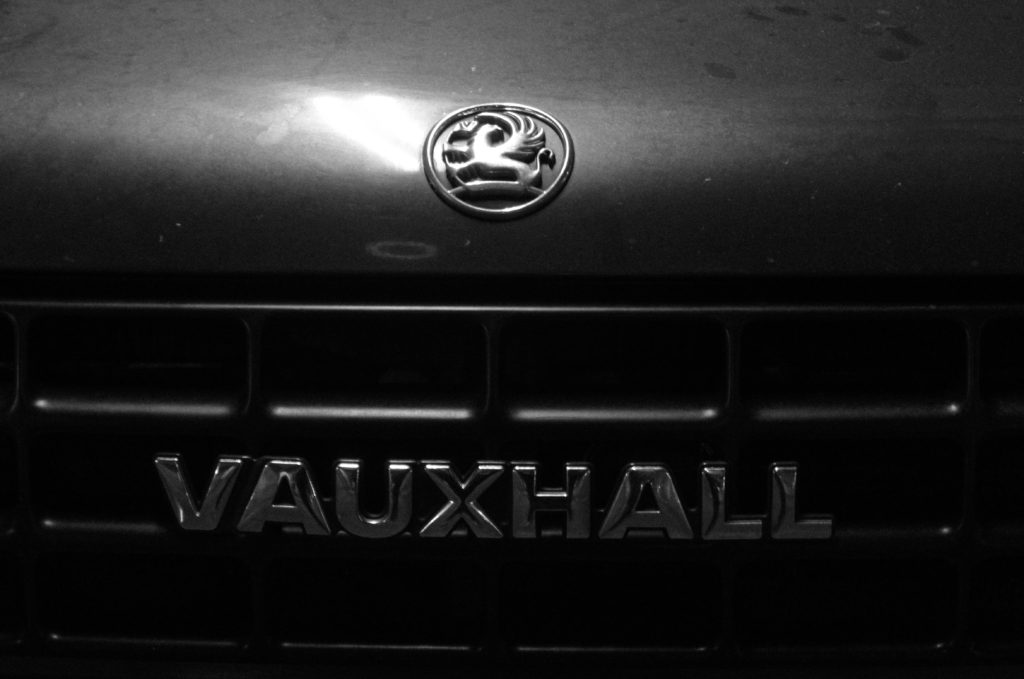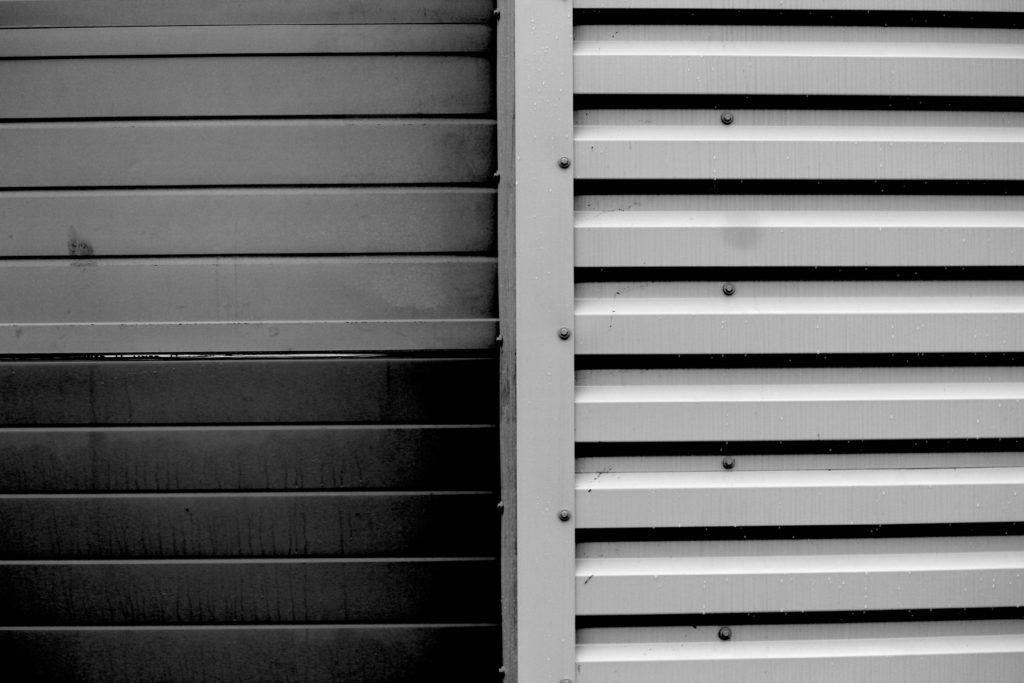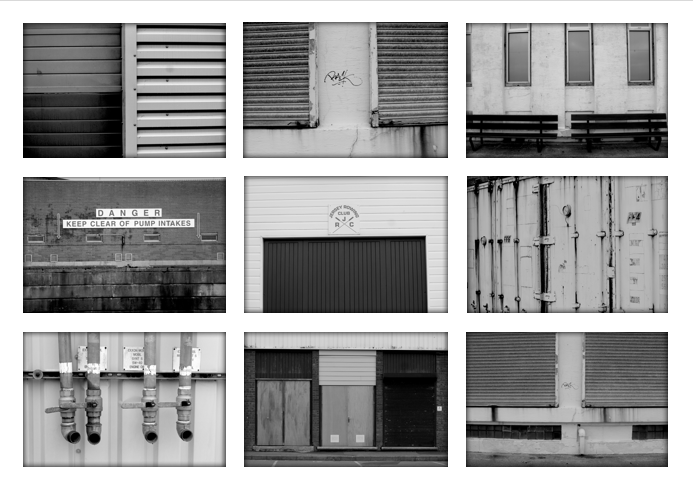Mishka Henner
Mishka Henner (born 1976) is a Belgian artist working and living in Manchester. His work has featured in several surveys of contemporary artists working with photographers in the internet age. Henner uses technologies such as Google Earth, Google Street View, and YouTube in his work.

.jpg)
Edward Burtynsky
Edward Burtynsky (born 1955) is a Canadian photographer and artist known for his large format photographs of industrial landscapes. His work is kept in more than 50 museums including the Guggenheim Museum. Nature transformed through industry is a constant theme in his work. He uses subjects that are rich in detail and scale but they are open in their meaning. The images produced are meant as metaphors to the dilemma of our existence; they search for a dialogue between attraction and repulsion, seduction and fear.


The Boyle Family
The Boyle family is a group of collaborative artists based in London. It consists of the couple Joan Hills and their children. The Boyle family work across a wide range of media (painting, photography, sculpture, film and more) but they are most known for their Earth studies. They recreate randomly chosen areas of the Earth’s surface using resin and fibreglass.






 My Edits
My Edits












